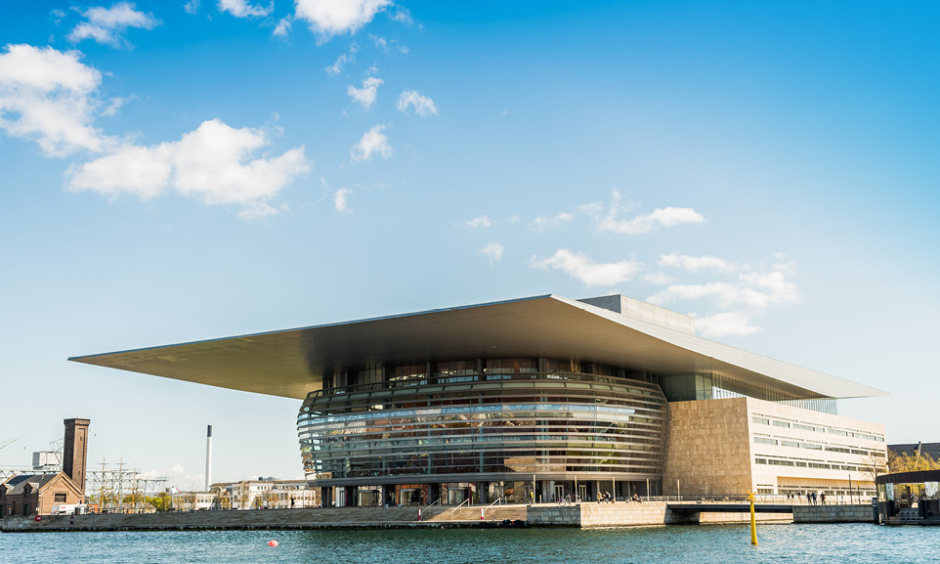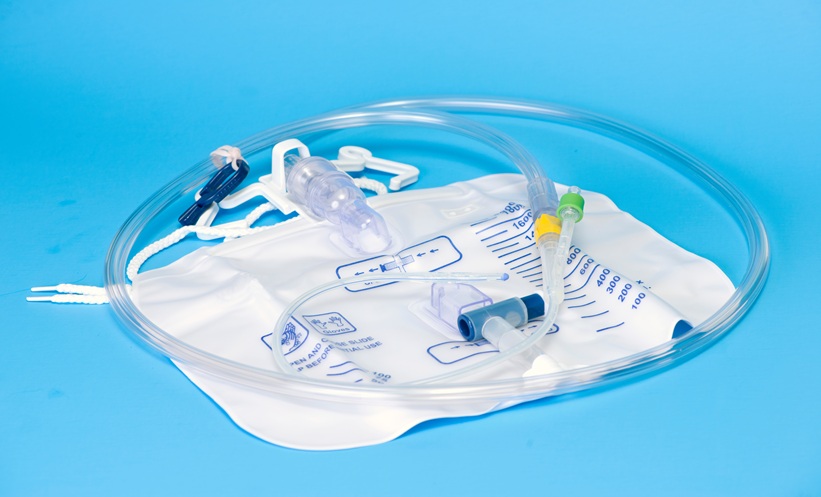INTRODUCTION AND OBJECTIVES
A prospective study was set up to investigate the correlation between clinical infection rate (fever or septicaemia) and postoperative bacteriuria in patients undergoing transurethral resection of the prostate (TURP) because the clinical significance of postoperative bacteriuria after TURP remains unclear.1-4 Additional irrigation fluid cultures, blood cultures, and prostate tissue cultures were also cultivated to evaluate the clinical consequences in cases of a positive culture.
MATERIALS AND METHODS
After ethical committee approval, 506 consecutive patients undergoing TURP between August 2008 and September 2015 were prospectively investigated. A urine analysis (preoperative, at hospital discharge, and 3 weeks postoperative) was performed in addition to an analysis of the blood culture or irrigation fluid and the resected prostatic tissue. Microbial cultures were scored by microbiologists as 0 (not significant), 1 (mildly significant), or 2 (significant). Clinical infectious complications were recorded and treated by antibiogram. Antibiotic prophylaxis was only used in patients with preoperative bacteriuria or a preoperative indwelling catheter. The most commonly used antibiotics were fluoroquinolones (89.5%), followed by amoxicillin (6.0%).
RESULTS
Forty-two patients (8.2%) had significant preoperative bacteriuria. The most common organisms were Escherichia coli (28.2%) and Klebsiella (21.7%). Fifty-eight patients (7.3%) had significant postoperative bacteriuria at the time of hospital discharge, with Enterococcus faecalis the most frequent organism (29.2%), followed by Klebsiella (13.2%) and E. coli (13%). Thirty-six patients (7.1%) had significant postoperative bacteriuria 3 weeks after TURP, with E. faecalis (44.4%) the most frequent bacteria, followed by E. coli (36.1%). Thirty-one patients (6.1%) had significant positive blood cultures (at the recovery unit). E. coli and haemolytic Streptococci were the most frequent organisms (each 19.4%). Twenty-four patients (4.7%) had significant positive irrigation fluid cultures (upon arrival at the ward). E. coli was the most commonly found organism (29.2%), followed by E. faecalis (25%). Forty-seven patients (9.3%) had a significant positive prostate tissue culture, with E. faecalis (36.1%) and Staphylococci (14.9%) the most commonly found organisms. Eighteen patients (3.6%) had uncomplicated fever during or after hospitalisation and 1 patient (0.2%) had septicaemia and a high-degree fever (>38.5°C).
CONCLUSION
A low rate of clinical infectious complications (fever or septicaemia) was observed (3.6%) despite the high rate of postoperative bacteriuria at time of discharge (6.9%) and after 3 weeks (7.1%). The high numbers of positive blood (6.1%), irrigation fluid (4.7%), and prostate tissue cultures (9.3%) were also of limited clinical relevance. In our opinion, postoperative bacteriuria and positive blood cultures in the absence of clinical infection should not be treated. Additional studies are needed to support our findings.








